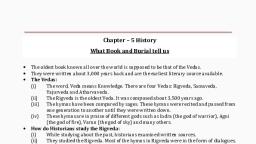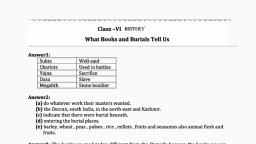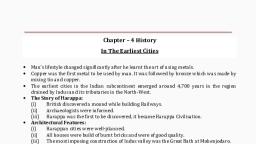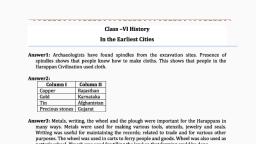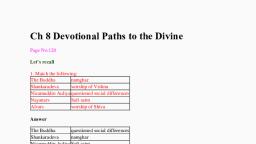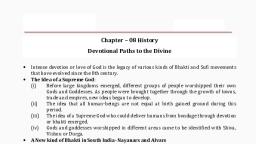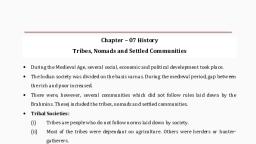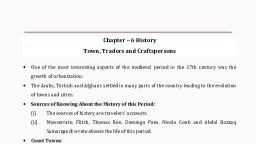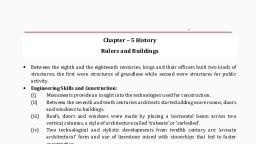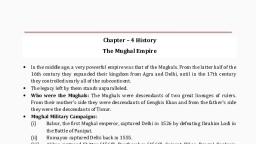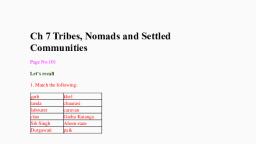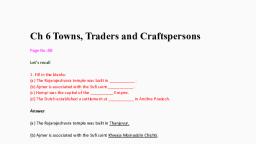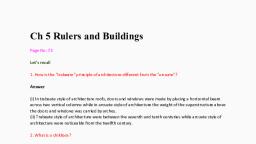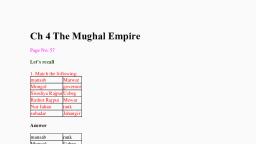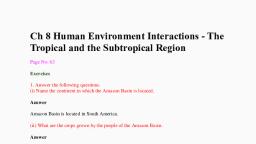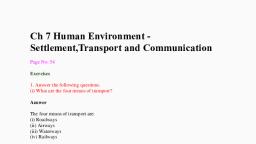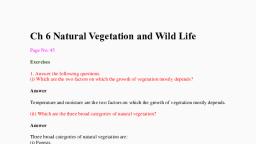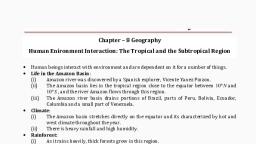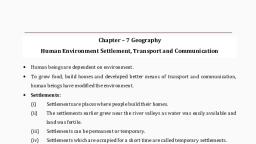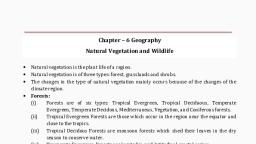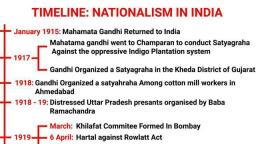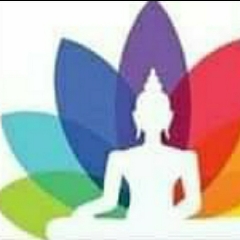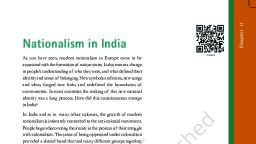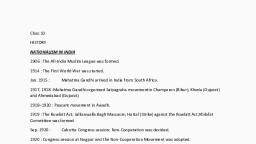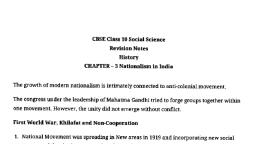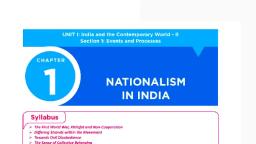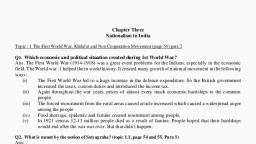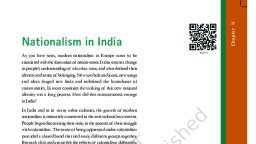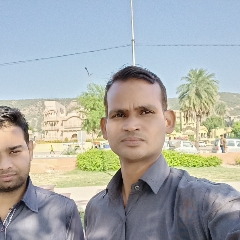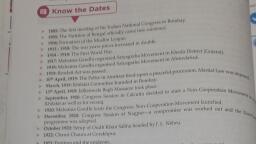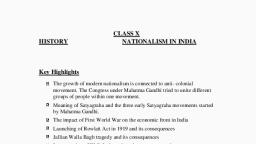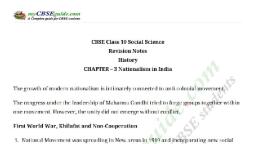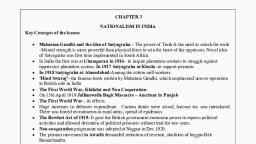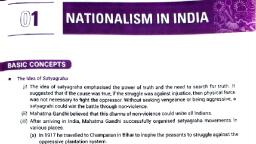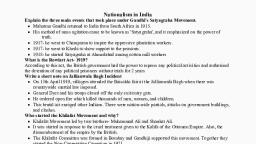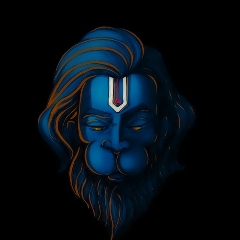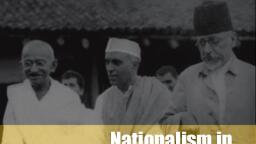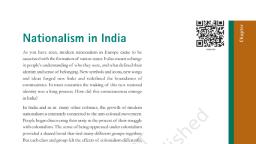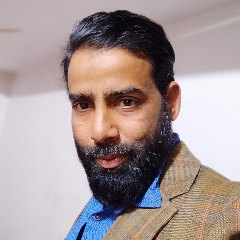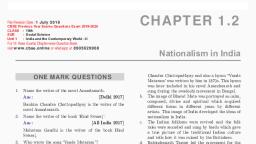Page 1 :
The First World War, Khilafat & Non-Cooperation, , History Class 10th, , Political and Economic situation during First World War that encouraged the growth of Indian, National movement, Huge increase in defence expenditure, Increase in taxes: Custom duties were raised and income tax introduced, Increase in Prices, Extreme Hardship, Forced Recruitment, Famines and Epidemic: influenza epidemic of 1921 in which 12 to 13 million people perished, Acute shortages of food Ideology Of Mahatma Gandhi Satyagraha:-, , i) Persuasion for truth, , ii) A novel method of mass agitation, , iii) Pure Soul Force, , iv) Endurance, , v) Appeals to the conscience of the oppressor, , vi) Power of the Strong however mistaken as a power of the weak and passive resistance, , Truth ultimately wins, Physical force not required to fight with the oppressors, Power of Truth and search for truth
Page 2 :
Weapon of Satyagrahis : Truth and Non-Violence, Dharma of Non-Violence could unite all Indians, Advent of Mahatma Gandhi and initial Mass Movements, Mahatma Gandhi returned to India from South Africa in January 1915., Then He extensively toured India., Successful Satyagraha Movements, Champaran Movement[1916]:, Mahatma Gandhi organised satyagraha in Champaran, Bihar in 1916., Movement was a struggle against the oppressive Indigo plantation system and in support of the, peasants., Kheda Movement[1917]:, Gandhiji organised satyagraha for the peasants of the Kheda district of Gujarat in 1917., Against the high revenue that the peasants were unable to pay due to crop failure and a plague, epidemic., Demand for relaxation in revenue, Ahmedabad Movement[1918]:, In 1918, Mahatma Gandhi went to Ahmedabad, Gujarat and organised Satyagraha for the cotton mill, workers., Demand for higher wages and better working conditions., The Rowlatt Act, The Anarchical and revolutionary crimes act of 1919, A Black Act, Legislative act passed by Imperial legislative council in Delhi on March 18, 1919., Passed despite the united opposition of the Indian members., Preventive detention of political prisoners without trial for a period of two years., Events that led to Jallianwala Bagh Massacre, Rowlatt Act passed despite united opposition of Indian members., Gandhiji decided to launch non-violent civil disobedience with a ‘Hartal’ on 6th April., Rallies and strikes organised everywhere . Government followed repressive policies, arrested leaders
Page 3 :
stopped Gandhiji from entering Delhi, On 10th April, police fired on peaceful procession in Amritsar that sparked violence., On 12th April, Martial law was imposed and General Dyer took command., On 13th April, Baisakhi day, General Dyer opened fire on crowd gathered at Jallianwala Bagh., Results/Effects of Jallianwala Bagh Massacre, News spread and crowd s took on the streets., Strikes and clashes with the police started., Repressive measures by the government, People humiliated and terrorised, Satyagrahis were forced to rub their noses on the ground, crawl on streets, and do salaam(salute) to, all sahibs., Villages around Gujranwala(Pakistan) were bombed., Violence forced Mahatma Gandhi to call off the movement(Rowlatt Satyagraha)., Khilafat Issue, RowlaRowlatt satyagraha was limited to cities and towns., Gandhiji wanted a wider movement by uniting Hindus and Muslims. Khilafat issue gave this, opportunity., Muhammad Ali and Shaukat Ali discussed united action on Khilafat issue., Gandhiji saw this as an opportunity to bring Muslims under the umbrella of a unified national, movement., At the Calcutta session of the Congress session in September 1920, Mahatma Gandhi convinced to, start a non-cooperation movement in support of Khilafat as well as for swaraj., Gandhiji launched Khilafat Non-Cooperation movement., Need of Non-Cooperation | Why Non-Cooperation, Mahatma Gandhi declared in his book Hind Swaraj(1909) that British rule was established in India, with the cooperation of Indians., Britishers survived due to the cooperation of Indians., If Indians stop cooperating the Britishers then the British rule in India would collapse within a year,, and Swaraj would come., Swaraj refers to self-rule, Swaraj
Page 4 :
Swaraj meant self rule, It implied self government by the Indians, The government was to be formed by representatives of the people, People would have the right to deal with internal matters, India would remain a part of the British Empire, Sovereignty over India would remain with the British crown, Methods Of NCM/Proposed Stages, Surrender of titles, Boycott of civil services, army, police, courts and legislative councils, Boycott of foreign goods, Boycott of government schools, Picketing of liquor shops, Use of Indian goods/products like Khadi, Last stage: In case of repression, launch of full civil disobedience campaign., Reluctance to boycott council elections and adoption of Non-Cooperation Programme, Intense tussle in congress to contest council elections scheduled for November 1920, Fear of popular violence, Many leaders wanted to contest elections, Compromise worked out and NCM adopted at the congress session at Nagpur in Dec. 1920., Non-Cooperation Khilafat movement began in January 1921., Published February 19, 2021

